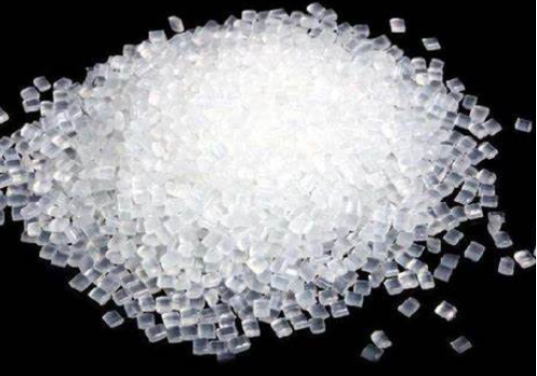August 29, 2024 – The global olefin market is confronting significant challenges, according to industry analysts. The slowing growth of the world’s population is expected to have profound effects on economic progress, particularly in the chemical industry. This trend is anticipated to not only intensify labor market tensions but also dampen the growth of end-user demand. Consequently, this situation is projected to prolong the duration of the global polyolefin supply glut, further complicating market equilibrium.

Currently, the surplus in the polyolefin market has garnered widespread attention. Harrison Jacoby, ICIS’ Polyethylene (PE) Business Head, revealed that from 2019 to 2028, approximately 61 million tons of new PE production capacity is expected to come online globally, whereas demand growth is forecasted at only 39.31 million tons. This discrepancy suggests that over 48 world-scale PE plants will be in excess during this period. The Polypropylene (PP) market faces a similar predicament, with an estimated 50 million tons of additional PP capacity and a demand increase of only 30 million tons, resulting in a surplus of about 45 world-scale PP units.
ICIS emphasized that if businesses choose not to shut down these excess facilities, it could take years for the global market to overcome the oversupply issue. However, this prediction relies on the assumption that market demand does not experience a significant decrease. Market observers have noted that due to the substantial slowdown in global population growth over the past decade, this assumption may not hold true.
According to the Color Masterbatch Industry Network, demographers predict that the global population will reach its peak earlier and at a lower level than estimated 5 to 10 years ago. Presently, the population is declining in approximately 20 countries worldwide, indicating a looming population crisis. The slowdown in population growth is not only expected to reduce end-user demand but also trigger a series of negative consequences, including youth unemployment, low consumer confidence, and a depressed real estate market.
For the olefin industry, this implies a further weakening of already struggling demand. In the U.S. market, although interest rate cuts may temporarily boost home sales and demand for plastic chemicals, the scale of this demand is unlikely to surpass previous levels due to the declining birth rate. In the long run, the imbalance between supply and demand in the polyolefin industry is expected to persist.
To tackle these challenges, the chemical industry will need to make difficult decisions to rebalance the market, including permanently shutting down plants, delaying projects, or even canceling them. Therefore, it is anticipated that more and more chemical plants may be shut down permanently in the coming years. While low-cost assets in the Middle East and North America are relatively safe, high-cost producers in other regions face considerable pressure.














